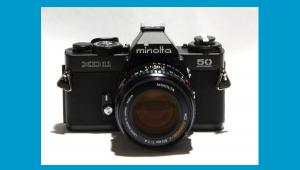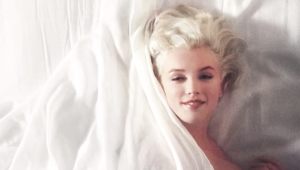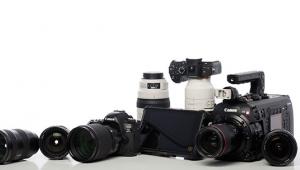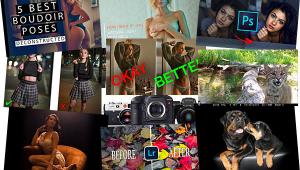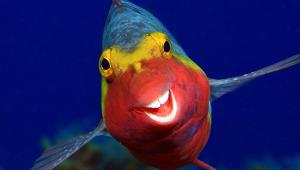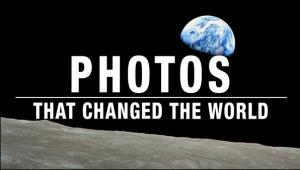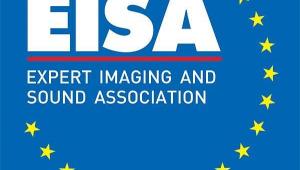A New Exhibition at the Korda and the Revolutionary Image at Jordan Schnitzer Museum
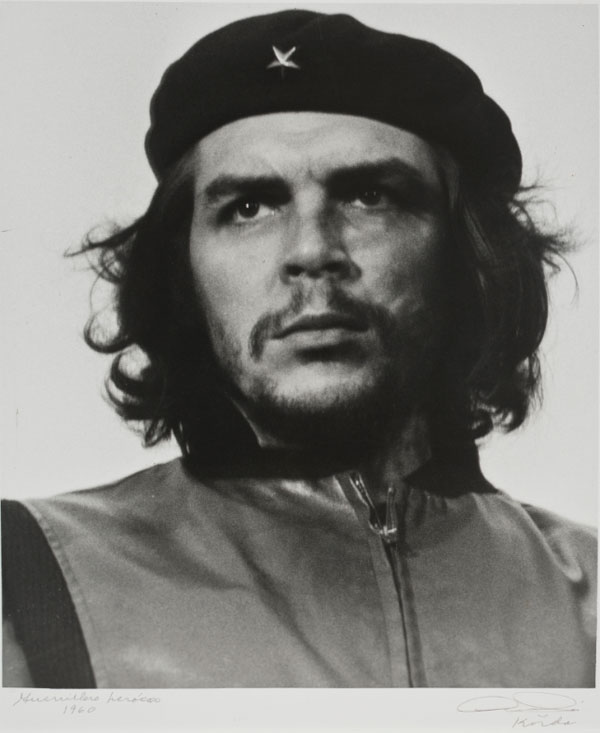
Two public lectures will be held in conjunction with the exhibition. The first, “Korda, Revolution, and Cuban Photography,” is scheduled for Tuesday, October 15, at 5:30 pm and features a conversation with gallerists Darrel Couturier and Lenny Campello, facilitated by executive director Jill Hartz. Both are well-known for their connections to Cuban artists and institutions. The second, “Che Guevara: The Man Behind the Myth,” on Saturday, November 23, at 5:30 pm, features Professor Carlos Aguirre, University of Oregon Department of History, and Director, Latin American Studies Program.
“When most people hear the name Fidel Castro, they think of the controversial leader as depicted in the American media; but this exhibition shows a very different version of Castro,” says June Koehler, JSMA Assistant Curator. “We see him and his entourage fishing, playing golf, and learning to ski. The images in the exhibition present relaxed, even intimate moments in the lives of some of the 20th century’s most well-known political figures.”
Included in the exhibition is “Guerillero Heroico," Korda’s iconic image of Argentinian revolutionary Ernesto “Che” Guevara. On March 5, 1960, Korda attended a Havana memorial service for the 81 victims of the La Coubre explosion, during which he took several photographs of Castro as well as the French intellectuals Simone de Beauvoir and Jean Paul Sartre.
“At the foot of the podium draped in black crepe, my eye pressed to my old Leica, I was focusing on Fidel and the people around him. Suddenly, through the 90 mm lens, Che loomed above me,” Korda later commented. “I was surprised by his look… . By reflex, I snapped twice—one horizontal shot and one vertical. I didn’t have enough time to take a third photo, as he stepped back discreetly into the second row….”
Korda’s images of Castro appeared the next day in the paper, but the now famous Che image hung in the artist’s studio for nearly a decade before being published. Seven years after the explosion, Che was killed in Bolivia. The image quickly garnered global attention when it was printed in poster form by an Italian publisher and used by student protestors in the streets of Milan–and across the world. Korda’s photograph of Che has since become a universally recognized symbol of revolution and is believed to be the most reproduced photograph on earth and the second most reproduced image in the history of Western art (after Leonardo da Vinci’s Mona Lisa). Despite the fact that it is one of the most iconic images in the world, Korda always insisted that it was a “lucky break.”
Born in 1928, Alberto Díaz Gutiérrez, the Cuban photographer known as Alberto Korda, chose his pseudonym in homage to two Hungarian directors whose films made a deep impact on his aesthetic sensibility. Along with his business partner, Luis Peirce Byers, Korda ‘s professional career in photography began when he opened Studios Korda in one of Havana’s most fashionable districts. Studios Korda revolutionized the attitude toward fashion and photography in Cuba and has been described by scholars as the epitome of Havana’s downtown culture in the ‘50s and ‘60s.
On January 8, 1959, Korda’s life, along with those of his fellow islanders, changed forever when a caravan of triumphant rebels entered the capital. Although he was never named Fidel Castro’s official photographer, he spent extensive time traveling with the leader and became one of the most famous photographers of the Revolution. Korda suffered a fatal heart attack in 2001.
The photographs are on loan from the Collection of Dr. Steve Pieczenik and Dr. Roberta Rovner Pieczenik and Family, Chevy Chase, Maryland. “Korda and the Revolutionary Image” is made possible by a JSMA Academic Support Grant.
About the Jordan Schnitzer Museum of Art
The University of Oregon's Jordan Schnitzer Museum of Art is a premier Pacific Northwest museum for exhibitions and collections of historic and contemporary art based in a major university setting. The mission of the museum is to enhance the University of Oregon’s academic mission and to further the appreciation and enjoyment of the visual arts for the general public. The JSMA features significant collections galleries devoted to art from China, Korea, Japan, America, Europe and elsewhere as well as changing special exhibition galleries. The JSMA is one of six museums in the state of Oregon—and the only university museum--accredited by the American Alliance of Museums.
The Jordan Schnitzer Museum of Art is located on the University of Oregon campus at 1430 Johnson Lane. Museum hours are 11 a.m. to 8 p.m. Wednesdays, and 11 a.m. to 5 p.m. Tuesdays and Thursdays through Sundays. Admission is $5 for adults and $3 for senior citizens. Free admission is given to ages 18 and under, JSMA members, college students with ID, and University of Oregon faculty, staff and students. For information, contact the JSMA, 541-346-3027.
About the University of Oregon
The University of Oregon is among the 108 institutions chosen from 4,633 U.S. universities for top-tier designation of "Very High Research Activity" in the 2010 Carnegie Classification of Institutions of Higher Education. The UO also is one of two Pacific Northwest members of the Association of American Universities.
- Log in or register to post comments
